|
Wood is a biological material tha contains large amounts of water. Drying wood to a low moisture content (MC) changes most of its properties and characteristics: dried wood has little or no likelihood of shrinking and swelling, of cracking and splitting, of being attacked by fungi that cause decay or stain. Dried wood also fastens better, glues better and machines better than wet wood. And it is nearly twice as strong as wet wood, even if it is much lighter in weight. Wood can be dried out in the air with natural environmental conditions (Air Drying) or in a kiln chamber with artificial heating, control of humidity and control of air velocity (Kiln Drying). Air drying is obviously cheaper than kiln drying, but the quantity of damaged timber and the consequent loss in value is proved to be much higher with the air drying process. Romea Legnami Group of companies have one of the largest Kiln Drying capacities in Europe. Based on an average size of 50mm thick square edged lumber, we can dry up to 5000 cubic meters of wood at the time with our own plants. We use conventional kiln drying, vacuum drying and low-temperature drying chambers for our woods, chosing the most suitable one for the type of product to be done. |
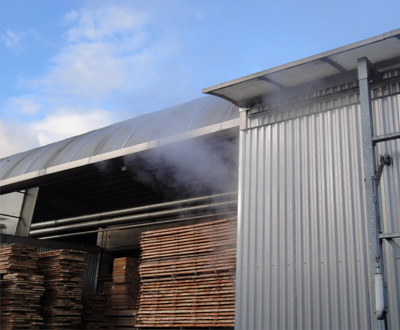 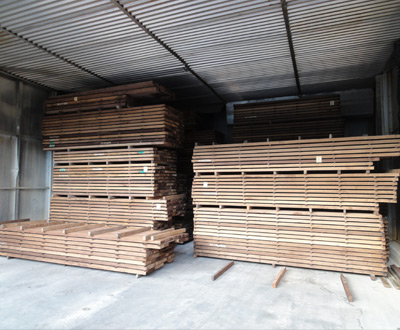 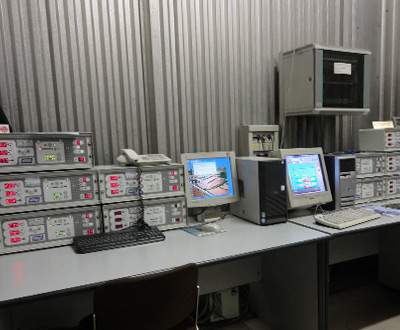 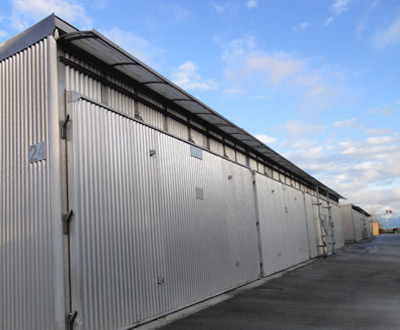 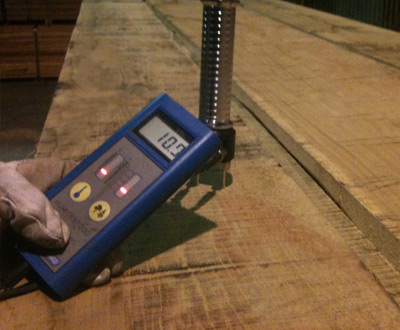 |
